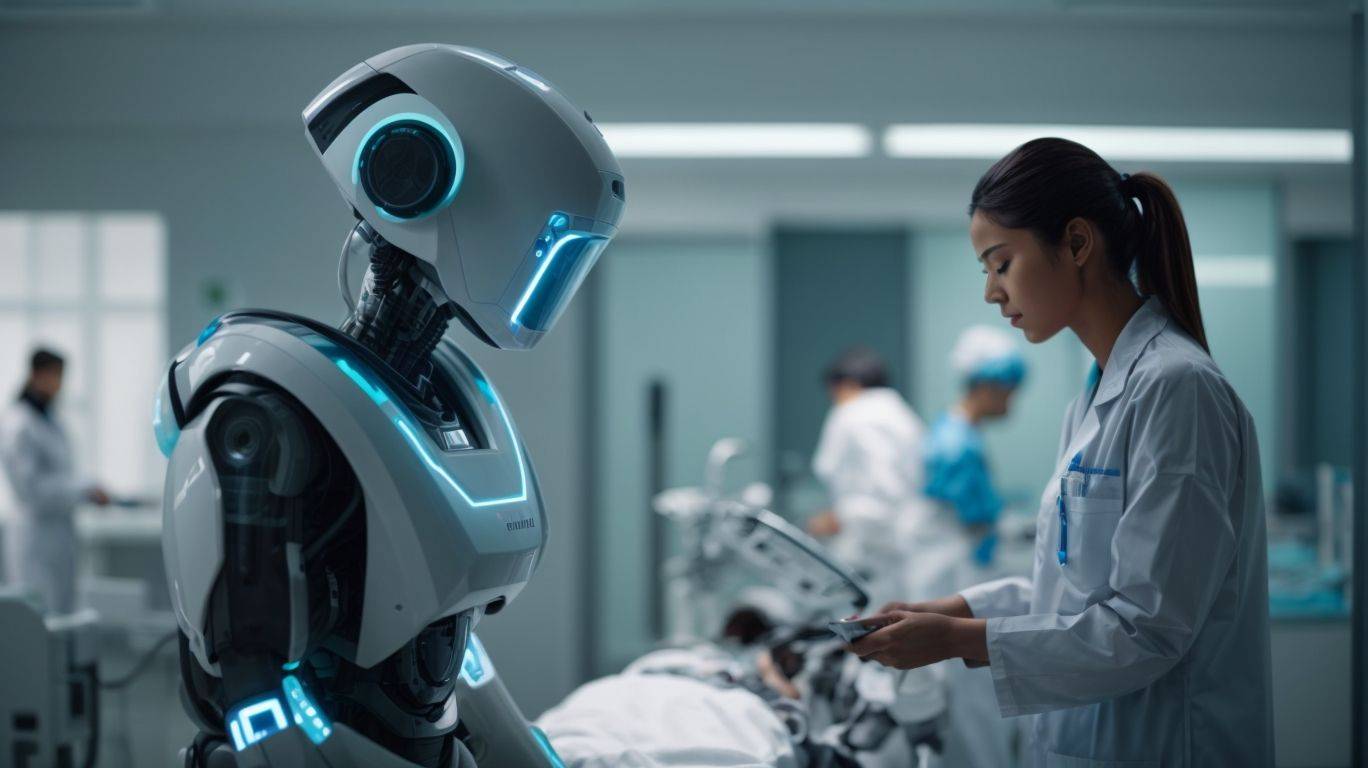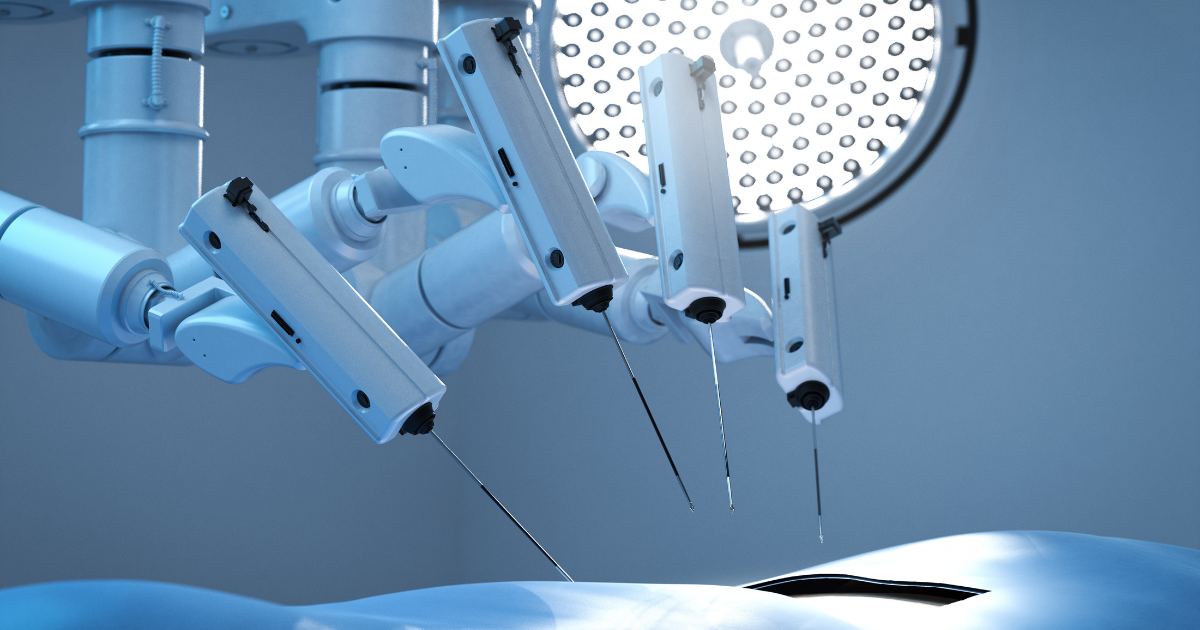Robotics in Healthcare and Medicine: Revolutionizing Patient Care and Treatment
In recent years, robotics have made remarkable strides in various industries, with healthcare and medicine standing out as fields experiencing profound transformation due to robotic innovations. From surgical robots to robotic exoskeletons and rehabilitation devices, the integration of robotics into healthcare is revolutionizing patient care, improving outcomes, and reshaping the future of medicine. This comprehensive guide delves into the multifaceted role of robotics in healthcare and medicine, exploring their applications, benefits, challenges, and prospects.
1. Introduction to Robotics in Healthcare
The fusion of robotics and healthcare represents a pivotal advancement in medical technology. Robotics, which involves the design, construction, and use of robots, is being harnessed to enhance precision, efficiency, and effectiveness in medical procedures. The integration of robotics in healthcare aims to address various challenges, including the need for minimally invasive techniques, improved surgical precision, and enhanced rehabilitation methods.
Understanding the Impact of Robotics on the Job Market: What You Need to Know
2. Surgical Robotics: Precision and Minimally Invasive Procedures
2.1 The Rise of Robotic Surgery
Robotic surgery has emerged as a groundbreaking development in the field of medicine. One of the most prominent examples is the da Vinci Surgical System, which allows surgeons to perform complex procedures with enhanced precision through minimally invasive techniques. The robotic system features a console where the surgeon controls robotic arms equipped with specialized instruments. This technology offers several advantages, including:
- Enhanced Precision: The robotic system provides surgeons with a high-definition, three-dimensional view of the surgical site, allowing for greater accuracy in manoeuvring instruments.
- Minimally Invasive: Robotic-assisted surgeries require smaller incisions compared to traditional open surgeries, leading to reduced patient trauma, shorter recovery times, and minimized scarring.
- Improved Dexterity: The robotic arms can perform intricate movements with precision, making it possible to navigate complex anatomical structures with ease.
2.2 Applications in Different Specialties
Robotic surgery has found applications in various medical specialities, including:
- Urology: Robotic systems are extensively used in prostatectomies and other urological procedures, offering improved outcomes and reduced postoperative complications.
- Gynaecology: Robotic-assisted laparoscopic surgeries for hysterectomies and fibroid removals have become increasingly common, allowing for precise tissue removal and minimal recovery time.
- Cardiothoracic Surgery: Surgeons use robotic systems to perform minimally invasive heart surgeries, such as valve repairs and coronary artery bypass grafting (CABG), with enhanced precision.

3. Rehabilitation Robotics: Enhancing Physical Therapy and Recovery
3.1 Robotic Exoskeletons for Mobility Assistance
Robotic exoskeletons are wearable devices designed to assist individuals with mobility impairments. These devices support and enhance movement, enabling patients to regain or improve their ability to walk. Key benefits of robotic exoskeletons include:
- Improved Mobility: Robotic exoskeletons can help patients with spinal cord injuries or neurological disorders achieve improved mobility and independence.
- Rehabilitation Support: Exoskeletons facilitate repetitive and controlled movements during physical therapy, promoting muscle strength and coordination.
- Enhanced Quality of Life: By enabling patients to engage in daily activities and participate in social interactions, robotic exoskeletons contribute to an improved quality of life.
3.2 Robotic Systems for Stroke Rehabilitation
Stroke rehabilitation has also been revolutionized by robotic technology. Robotic systems designed for stroke rehabilitation offer:
- Rehabilitation Robotics: Devices such as robotic arms and gait trainers assist patients in regaining motor function and coordination. These systems provide repetitive, task-specific exercises that aid in neuroplasticity and recovery.
- Customized Therapy: Robotic rehabilitation systems can be tailored to individual patient needs, allowing for personalized therapy programs based on the severity of impairment and progress.
- Enhanced Motivation: Interactive robotic systems often incorporate gamification elements, making rehabilitation exercises more engaging and motivating for patients.
Discovering the Limitless Possibilities: The Role of Robotics in Space Exploration
4. Diagnostic and Therapeutic Robotics: Advancing Precision Medicine
4.1 Robotic Imaging Systems
Robotic imaging systems, including robotic ultrasound and MRI systems, offer advancements in diagnostic imaging. These systems provide:
- Automated Imaging: Robotic systems can automate the process of capturing images, improving consistency and reducing the likelihood of human error.
- Enhanced Image Quality: Advanced robotic imaging systems offer high-resolution images and improved diagnostic accuracy, aiding in the early detection and diagnosis of various medical conditions.
4.2 Targeted Drug Delivery Systems
Robotic technology is also being used to enhance drug delivery systems. Targeted drug delivery systems involve:
- Precision Drug Delivery: Robotic systems can deliver medication directly to specific areas within the body, minimizing side effects and improving therapeutic efficacy.
- Automated Drug Dispensing: Robotics in pharmacy automation streamline the medication dispensing process, ensuring accurate dosages and reducing the risk of medication errors.

5. Ethical and Practical Considerations in Robotics
5.1 Addressing Ethical Concerns
The integration of robotics into healthcare raises several ethical considerations, including:
- Patient Privacy: Ensuring the security and confidentiality of patient data in robotic systems is crucial to maintaining trust and protecting sensitive information.
- Informed Consent: Patients must be adequately informed about the use of robotic systems in their treatment, including potential risks and benefits.
- Equity in Access: Ensuring equitable access to robotic technologies across different healthcare settings and populations is essential to avoid disparities in treatment quality.
5.2 Overcoming Practical Challenges
Despite the many advantages, robotics in healthcare faces practical challenges, such as:
- Cost: The high cost of robotic systems and their maintenance can limit their accessibility, particularly in resource-constrained healthcare settings.
- Training and Expertise: Healthcare professionals require specialized training to effectively operate and integrate robotic systems into their practice.
- Technological Limitations: Robotic systems may face technical limitations, including issues related to reliability, software glitches, and compatibility with existing medical equipment.
6. Future Prospects of Robotics in Healthcare
6.1 Integration with Artificial Intelligence
The future of robotics in healthcare is likely to involve greater integration with artificial intelligence (AI). AI-powered robotic systems can:
- Enhance Decision-Making: AI algorithms can analyze vast amounts of medical data to assist in diagnosing conditions, predicting outcomes, and personalizing treatment plans.
- Improve Automation: AI can automate routine tasks, such as data entry and analysis, allowing healthcare professionals to focus on more complex and value-added activities.
6.2 Expansion of Robotic Applications
The scope of robotic applications in healthcare is expected to expand further, including:
- Telemedicine: Robotic systems will play a crucial role in telemedicine, enabling remote consultations and interventions with enhanced precision and reliability.
- Robotic Prosthetics: Advances in robotic prosthetics will offer improved functionality and adaptability, allowing for more natural and intuitive control of artificial limbs.
- Advanced Surgical Techniques: Continued advancements in robotic surgery will lead to the development of new techniques and applications, further improving surgical outcomes and patient safety.
Robotics is revolutionizing healthcare and medicine, offering unprecedented precision, efficiency, and innovation. From surgical robotics and rehabilitation exoskeletons to advanced diagnostic systems and targeted drug delivery, the integration of robotics into healthcare is transforming patient care and treatment. While challenges and ethical considerations remain, the prospects for robotics in healthcare are promising, with ongoing advancements likely to drive further improvements in medical practice and patient outcomes.
As technology continues to evolve, the synergy between robotics and healthcare will undoubtedly pave the way for new possibilities, shaping the future of medicine and enhancing the quality of care for patients worldwide. The journey of robotics in healthcare is only beginning, and its potential to revolutionize the field is limited only by our imagination and commitment to innovation.




Post Comment